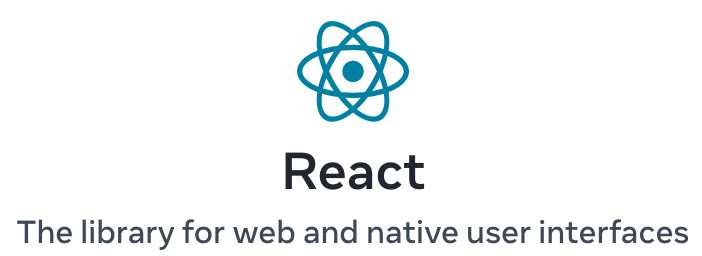
What is Guard Conditions in React?
In React, guard conditions are commonly used to control what gets rendered based on specific conditions. These are essentially conditional checks that “guard” certain parts of the component’s render output, only allowing them to render if a condition is met. This helps in managing rendering logic, especially when dealing with asynchronous data or conditional components.
Common Use Cases for Guard Conditions in React
- Conditional Rendering: Render different components or elements based on a condition.
- Loading States: Display a loading spinner or placeholder while data is being fetched.
- Error Handling: Render error messages if something goes wrong during data loading or processing.
- Access Control: Show or hide content based on user permissions or roles.
- Null or Undefined Checks: Ensure that components don’t attempt to render undefined or null values, which can cause errors.
Examples of Guard Conditions in React
1. Simple Conditional Rendering
One of the most common patterns is using guard conditions with conditional operators to render elements based on a specific condition.
function UserGreeting({ user }) {
return (
<div>
{user ? <h1>Welcome, {user.name}!</h1> : <h1>Welcome, Guest!</h1>}
</div>
);
}
In this example, if user exists, it renders a personalized greeting. Otherwise, it defaults to greeting a “Guest.”
2. Guarding with && Operator
A frequently used guard condition is with the logical && operator, which renders a component only if the condition is truthy.
function UserProfile({ user }) {
return (
<div>
{user && <h2>User Profile for {user.name}</h2>}
</div>
);
}
In this case, user && <h2>User Profile...</h2> ensures that the <h2> element will only render if user is defined. If user is falsy (e.g., null or undefined), nothing is rendered for that line.
3. Loading State Guard
When data is being fetched asynchronously, a common guard condition is to check for a loading state. If data is still loading, we can show a spinner or loading message.
function DataDisplay({ data, isLoading }) {
return (
<div>
{isLoading && <p>Loading...</p>}
{data && <p>Data: {data}</p>}
</div>
);
}
In this example, if isLoading is true, it shows a loading message. If data is available, it renders the data. You might also add guards to handle cases when data is null or undefined to prevent errors.
4. Guarding with ? (Optional Chaining)
React applications often deal with deeply nested data structures. If certain data might not exist, you can use optional chaining to guard against errors.
function UserDetail({ user }) {
return (
<div>
<h1>{user?.name || "Anonymous User"}</h1>
<p>Email: {user?.contact?.email || "No email provided"}</p>
</div>
);
}
In this example, user?.name and user?.contact?.email use optional chaining to safely access nested properties. If user or user.contact is null or undefined, it won’t throw an error; instead, it defaults to a fallback value.
5. Guard Condition for Access Control
In cases where you want to show content only to certain users (e.g., based on role or permissions), you can use a guard condition.
function AdminPanel({ user }) {
return (
<div>
{user?.role === "admin" ? (
<h2>Welcome, Admin!</h2>
) : (
<p>Access restricted to admins only.</p>
)}
</div>
);
}
Here, the user?.role === "admin" condition ensures that only users with an “admin” role can access the admin panel. Others see a restricted message.
6. Guard for Error States
Guard conditions can also be helpful for handling errors in a React component, providing fallbacks or error messages.
function DataDisplay({ data, error }) {
return (
<div>
{error && <p style=>Error: {error.message}</p>}
{data ? <p>Data: {data}</p> : <p>No data available.</p>}
</div>
);
}
In this example, if error exists, an error message is displayed. Otherwise, it checks if data exists and displays it; if not, it shows a fallback message.
Summary
Guard conditions are a simple yet powerful way to control what gets rendered in React. They make the UI more resilient to different states of the application, such as loading, error, or access control states, and they allow for a smoother user experience by conditionally rendering only relevant parts of the interface.